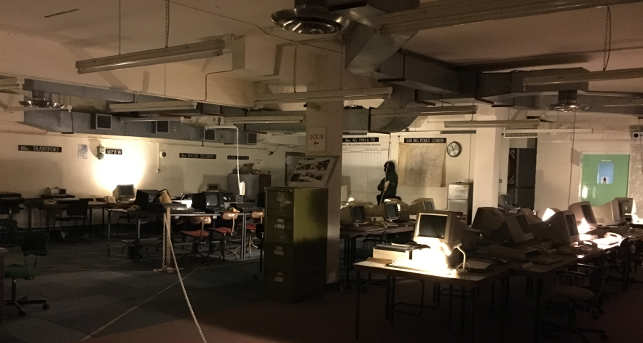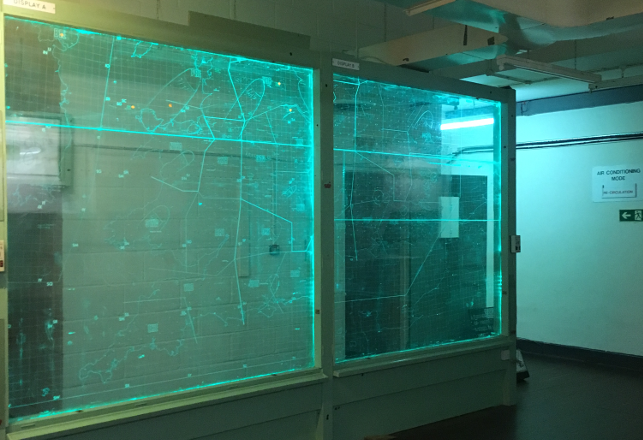After a visit to Kelvedon Hatch’s Secret Nuclear Bunker, Al Dean ponders how planning for both the foreseen and the unforeseen is an essential part of the design process, and then how some folks take planning to the next level

Kelvedon was built to house different branches of government as well as RAF fighter command
If you get a chance, get yourself to Kelvedon Hatch just outside of the M25. When deep in the Essex countryside, you’ll eventually come across a signpost that, seemingly without a trace of irony, says Secret Nuclear Bunker.
Follow that sign and after awhile you’ll finally spot an unassuming bungalow in a woods.Aside from the rather disconcerting “threat level” indicator and an armoured personnel carrier under canvas, you’ll never guess that this is one of the UK’s largest nuclear bunkers.
Built in the early 1950s at the height of concern over the effects of nuclear war, Kelvedon was one of a handful of facilities built to house governmental operations and RAF fighter command in the event of a nuclear strike on the UK.
It’s now decommissioned and operates as a museum to the preparation for a nuclear winter and all that this encompasses.
It’s worth a visit and, following a couple of hours spent wandering around, you’ll be left with a feeling that combines both dread and horror at firstly, how prepared some aspects of the country were for such an eventuality and secondly, how hopeless the case would have been for those citizens above ground.
The place is built 38 metres down or four stories into the hill. It is reinforced with concrete and a Faraday cage that will sustain the hundreds of staff within it for over three months as the fall-out clears.
Now compare this to the public service broadcasts that can be heard at various points around the museum. These suggest that whitewashing windows and piling up mattresses in front of them would protect the general populous above ground from a nuclear blast. A stark contrast, indeed.

Much of the fighter command control room is still there, giving Kelvedon the sense that staff have only just walked out
As I was driving back from Essex mulling over what I experienced underground, it struck me that planning is something that some people have to take to the next level (if not 15 levels above where most of us do).
In the engineering world, contingency planning is part of the development process.
Planning for use scenarios and potential failure modes, planning for production quantities, and possible issues, is all part of the process and one that is a process fraught with stress.
Then you go somewhere like Kelvedon and realise that some people are tasked with planning what will happen if the worst happens, when society itself might be at risk and to envisage the scene of devastation that will greet them when they come up after those three months.
That said, there’s also a few moments of humour, albeit on the dark side, as you encounter some of the weirdness at this type of museum. Whether it’s the dummy in the BBC radio control room dressed as a rather poorly rendered Maggie Thatcher or the full box of body bag tags that are ready to be filled.
Al Dean recommends planning for the foreseen and unforeseen
Default






